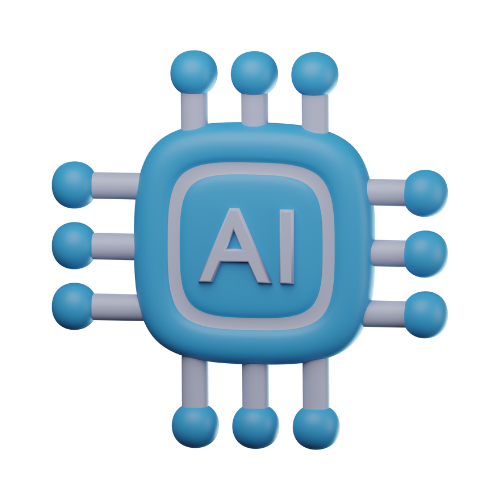Artificial Intelligence (AI) has been transforming the way research and development (R&D) is conducted across industries. From drug discovery to material science, AI has the potential to significantly accelerate the pace of innovation, reduce costs, and improve the quality of outcomes.
In this article, we will explore the role of AI in R&D and its impact on various industries.
AI in Drug Discovery Drug discovery is a complex and time-consuming process that involves the screening of millions of compounds to identify potential drug candidates. AI has the potential to significantly speed up this process by analyzing vast amounts of data and predicting the efficacy of different compounds.
AI can help identify new drug targets, predict the toxicity of compounds, and optimize drug dosages. Machine learning algorithms can also help researchers identify patterns and relationships between different variables, which can help them identify new drug candidates.
One example of how AI is being used in drug discovery is the collaboration between Pfizer and Insilico Medicine. Insilico Medicine has developed an AI platform that can predict the efficacy of new compounds based on their chemical structure. The platform can also analyze large datasets to identify new drug targets and potential side effects.
AI in Material Science Material science is another area where AI is being used to accelerate R&D. Material science involves the development of new materials with specific properties, such as strength, conductivity, and flexibility.
AI can help researchers identify new materials with specific properties by analyzing large datasets of material properties and predicting the outcomes of different experiments. AI can also help optimize the design of experiments and reduce the time and cost required to develop new materials.
One example of how AI is being used in material science is the collaboration between Citrine Informatics and Dow Chemical. Citrine Informatics has developed an AI platform that can predict the properties of new materials based on their chemical composition. The platform can also analyze large datasets of material properties to identify new materials with specific properties.
AI in Agriculture AI is also being used in agriculture to improve crop yields and reduce the use of pesticides and other chemicals. AI can help farmers analyze data from sensors and drones to identify areas where crops are not growing well and predict the optimal time to plant and harvest crops.
AI can also help farmers optimize the use of resources, such as water and fertilizer, and reduce waste. Machine learning algorithms can analyze weather data and soil conditions to predict the optimal amount of resources required for different crops.
One example of how AI is being used in agriculture is the collaboration between The Climate Corporation and Monsanto. The Climate Corporation has developed an AI platform that can analyze weather data and soil conditions to predict crop yields and optimize the use of resources.
AI in Energy AI is also being used in the energy industry to improve the efficiency of power generation and reduce costs. AI can help power plants optimize their operations by predicting the optimal time to perform maintenance and identifying areas where energy is being wasted.
AI can also help identify new sources of energy and optimize the design of energy systems. Machine learning algorithms can analyze large datasets of energy consumption and predict the outcomes of different energy policies.
One example of how AI is being used in the energy industry is the collaboration between General Electric and Veracity. Veracity has developed an AI platform that can analyze large datasets of energy consumption to identify areas where energy is being wasted and predict the outcomes of different energy policies.
Conclusion AI is transforming the way R&D is conducted across industries. From drug discovery to material science, AI has the potential to significantly accelerate the pace of innovation, reduce costs, and improve the quality of outcomes.
However, there are also challenges associated with the use of AI in R&D. These include the need for high-quality data, the potential for bias in machine learning algorithms, and the need for human oversight and expertise.
Despite these challenges, the potential benefits of AI in R&D are significant,

